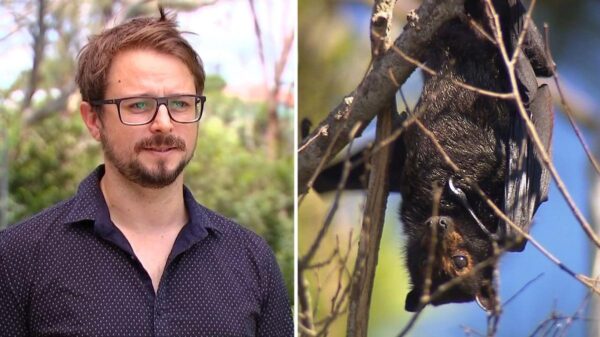Investing in exchange-traded funds (ETFs) can be a straightforward path to building wealth over time. A recent analysis highlights how a simple investment of $5,000 in various ASX ETFs could significantly appreciate in value over the next two decades.
The principle is simple: time in the market often yields better results than trying to time the market. With ETFs, investors gain exposure to a diversified range of assets without the need to select individual stocks. This approach allows for a more passive investment strategy, which can be particularly appealing for those new to investing.
Understanding the Power of Compounding
When you invest in an ASX ETF, you purchase a collection of stocks, which could represent Australia’s top 200 companies or international leaders through funds like the Vanguard MSCI Index International Shares ETF or the iShares S&P 500 ETF. Options also exist for specific sectors, such as technology, through the Betashares Nasdaq 100 ETF or the BetaShares S&P/ASX Australian Technology ETF.
Historically, the average annual return for stock markets has hovered around 8% to 10%. While these returns are not guaranteed, they have proven consistent over long periods, even amid economic downturns.
Using this average return, let’s explore what a $5,000 investment could grow into over various time frames.
Projected Growth Over Time
If your investment achieves an average return of 10% per year, the following scenarios illustrate potential growth:
– **After 10 years**: Your initial investment of $5,000 could increase to approximately $13,000. Although this may not seem transformative, it reflects more than double your original contribution without any further action required on your part.
– **After 15 years**: The same investment might grow to around $21,000. At this stage, the effects of compounding become more pronounced, with returns generating additional returns.
– **After 20 years**: Your original $5,000 could potentially be valued at about $33,600. This represents over six times your initial investment, achieved through a one-time contribution and a consistent average return.
These figures do not take into account any additional contributions. By incorporating regular monthly investments, such as adding $100 each month, the projected total amounts could rise considerably. For instance, this strategy could yield approximately $33,000, $61,000, and $106,000 over the same periods, respectively.
The takeaway from this analysis is clear: a one-time investment of $5,000 may appear modest, but with the power of compounding and the right investment vehicles like ASX ETFs, it can evolve into a substantial sum over time. By starting early and remaining consistent, investors can build significant wealth without the stress of constant management or stock picking.
In summary, initiating an investment in ASX ETFs not only positions individuals for potential financial growth but also simplifies the investment process. With a thoughtful approach and the willingness to contribute regularly, the journey toward financial stability can start today.
For further insights on investment strategies, consider exploring additional resources or consulting with financial experts such as Scott Phillips from The Motley Fool Australia, who regularly shares investment advice and stock recommendations.
































































